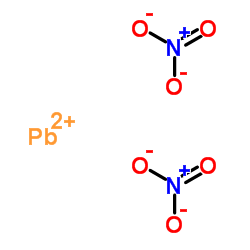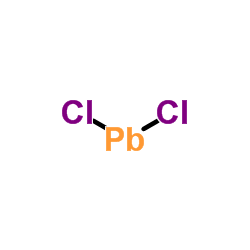| Structure | Name/CAS No. | Articles |
|---|---|---|
 |
Lead(II) nitrate
CAS:10099-74-8 |
|
 |
pbcl2
CAS:7758-95-4 |